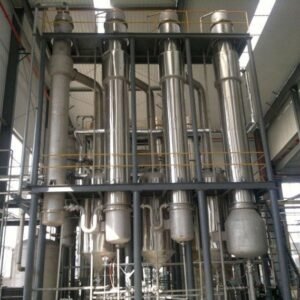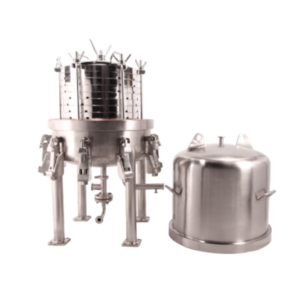Description
A distillation vessel is a crucial component in the process of distillation, which is widely used in industries like chemical, pharmaceutical, petrochemical, and food processing for separating mixtures based on differences in boiling points. Distillation is often used to purify liquids, separate volatile compounds, or concentrate substances. The distillation vessel is where the liquid mixture is heated, and the resulting vapor is collected and condensed back into liquid form, typically in a separate vessel.
How a Distillation Vessel Works
The distillation vessel functions as part of a larger distillation system, which typically includes a boiling flask, a condenser, and a receiver. Here’s an overview of the distillation process:
-
Heating the Mixture: The liquid mixture (often a solution of different compounds) is placed in the distillation vessel, which is typically heated using direct flame, steam, or an external heating element. The heat causes the components of the mixture to vaporize.
-
Vaporization: As the mixture heats up, the component with the lowest boiling point will vaporize first. The distillation vessel is designed to promote even heating to ensure the efficient evaporation of the mixture’s volatile components.
-
Vapor Collection: The vapor rises from the distillation vessel and moves into a connecting condenser or a vapor line. The vapor is usually directed through a cooling system to condense it back into a liquid form.
-
Condensation: The condenser cools the vapor, turning it back into liquid. This condensed liquid is collected in a separate container known as the receiver.
-
Separation: The component with the highest boiling point remains in the distillation vessel as a residue (called the distillation residue or stillage), while the lower boiling components are separated and collected as distillate. This separation can continue through multiple stages or fractional distillation.





Reviews
There are no reviews yet.